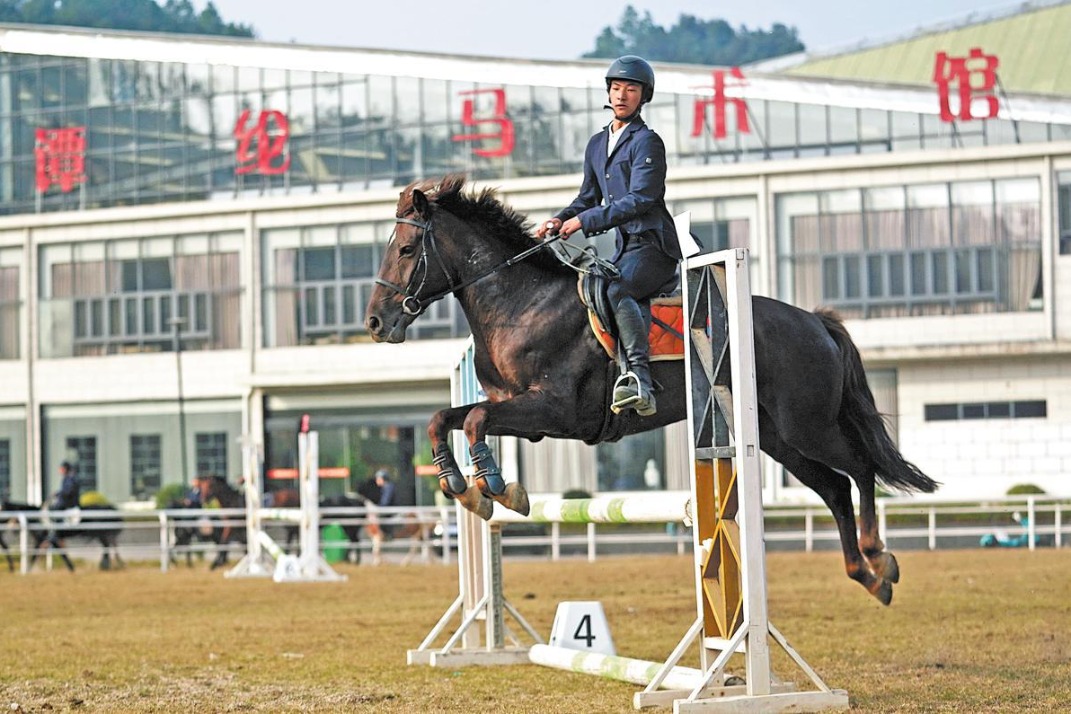Chinese strategy offers hope in tackling biodiversity losses


Coordination role
After global warming renders their current living areas uninhabitable, some species may fail to find new habitats within a reserve allocated especially for them, Gao said. "The red line system will make it easier for species to migrate, greatly increasing their capability to adapt to climate change," he added.
According to the ministry, 85 percent of key wild animal populations in China have been brought under effective protection. Gao said the red line system could address the remaining 15 percent.
He added that the system has international significance, as it provides a new mode for global environmental governance.
While protecting areas rich in biodiversity and which play key roles in ecosystem operation, the mechanism will also coordinate ecosystem protection and socioeconomic development, Gao said. The size of encircled areas will change, but it will be adjusted in accordance with socioeconomic development, he added.
Gao said measures will also be taken to ensure residents in encircled areas lead normal or even better lives.
Large-scale urbanization and industrialization will be prohibited in encircled areas, but certain economic activities will be allowed, he said. Residents will also be compensated for short-term losses resulting from development restrictions.
For example, in Jiangsu province, where red lines were introduced in 2013, ecological remediation measures and development projects have been introduced in some areas encircled by red lines.
Desheng Lake in Xinghua city, Jiangsu, used to experience heavy pollution and ecosystem degradation due to fish farming. About 60 percent of the 1,667-hectare lake was occupied by fish farms in the 1980s, according to the Jiangsu Department of Ecology and Environment.
The lake was largely restored following ecological remediation measures taken by the local government in 2014 after the area was encircled by red lines. All fishing farms have since been returned to the lake, the department said.
The 744 households that depended on fishing to make a living were not only compensated for their losses, but many residents were given the opportunity to join training programs to acquire skills for other work.
Meanwhile, the local government has introduced a tourism project with total investment of 11 billion yuan ($1.70 billion) to promote economic development in the area.
The central authorities said in a guideline released last month that China aims to increase economic compensation for areas encircled by red lines.
A graded compensation system will be introduced to reform the reward policy for key ecological conservation areas. Red lines will be taken into consideration when deciding how to distribute centrally allocated transfer payments designated for such areas.
























